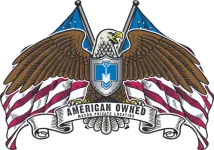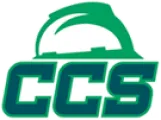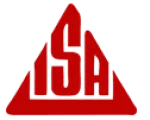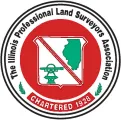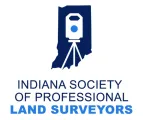Steps for a Safe, Accurate and On-Time Utility Locate
In honor of Safe Digging Month, Trenchless Technology magazine's April 2023 issue features an article written by Mason Private Locating Owner/Operator, Jake Mason.
The New York skyline is layered with rows upon rows of high-rise buildings stacked "shoulder-to-shoulder." The city outgrew its footprint but did not stop growing. The momentum drove new developments the next natural direction: upward. Likewise, as utility companies across the U.S. race to deliver more even more services better, faster, safer and more efficiently, our subsurface infrastructure has experienced similar growing pains, but in the opposite direction. Below the surface, a complex subsurface infrastructure grows increasingly more complex, every day.
From border-to-border and coast-to-coast, OneCall processes millions of individual locate requests annually. In the most populous metropolises, as well as the most rural and desolate areas of our Nation, commercial and residential sites are scanned for (and cleared of) underground utilities and structures that could "affect" their projects. The word "affect" can take on many meanings. In some cases, it could mean delaying work or issuing change orders to account for unknown underground utilities. In the very worst cases, it could also mean utility damages resulting in injury or even death. None of those "affects" are good news and are on the mind of most industries who rely on good utility locates.
If you are reading this publication, you already know every safe jobsite starts a call to 811. This ensures all public lines are located before digging. It is not only common sense, but it is the law. The second step to securing the job site from any underground utilities is to call a private locating company, which will locate all of the private lines and anomalies that 811 does not cover. Anyone who takes both of those steps is well on their way to doing their part to a safe job site.
You've called 811. Now what? Now it is up to the locating company to make sure their lines are marked and accurate. Accuracy is the key word here, as a line that is mismarked could have a huge impact on any project. Many states vary, but most states make it mandatory for a public locator to arrive on site within 48 hours (about 2 days) of that ticket being called in, and when they arrive, they will use all methods available to identify and mark those utilities. In many cases, they will have prints made available by the utility to understand where those utility lines lay beneath the surface. It is then up to them to use their training and equipment to identify if the prints are accurate, and more importantly if those prints are even up to date. When that ticket is completed by the technician, most quality public locate companies will include images, video and a sketch of where the lines are located. This serves as both a back-up for the locate company, as well as a great reference for the contractor.
Finding the private lines are much more difficult. Generally, a private line was not installed by a utility company, so there are rarely good prints to help find these buried lines and anomalies. With 65% of all underground utilities privately owned, this task is more difficult and takes much more training, knowledge and equipment to complete the locate with accuracy.
The 5 steps taken for a locate ensures that no known and unknown underground infrastructures are missed.
To read more about The 5 Steps for a Safe, Accurate and On-Time Utility Locate, access the full Trenchless Technology article here:

